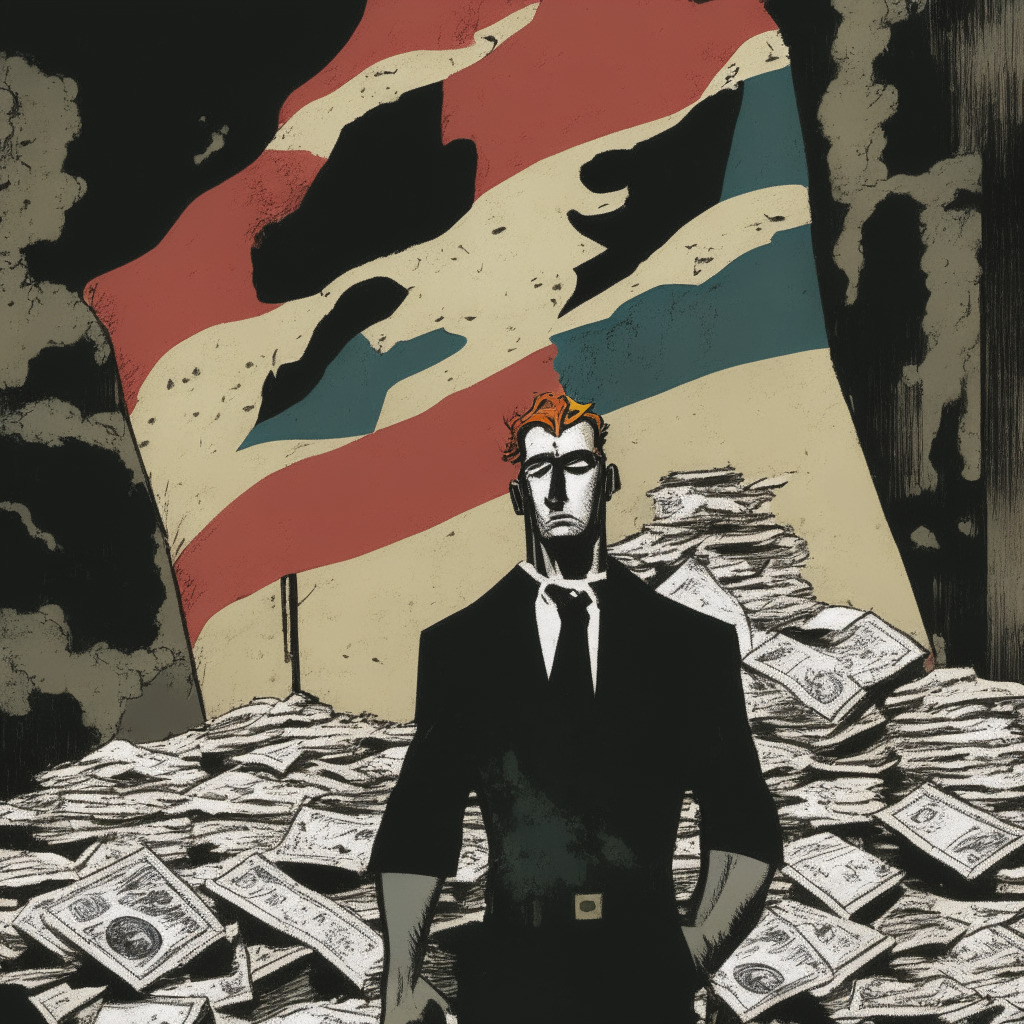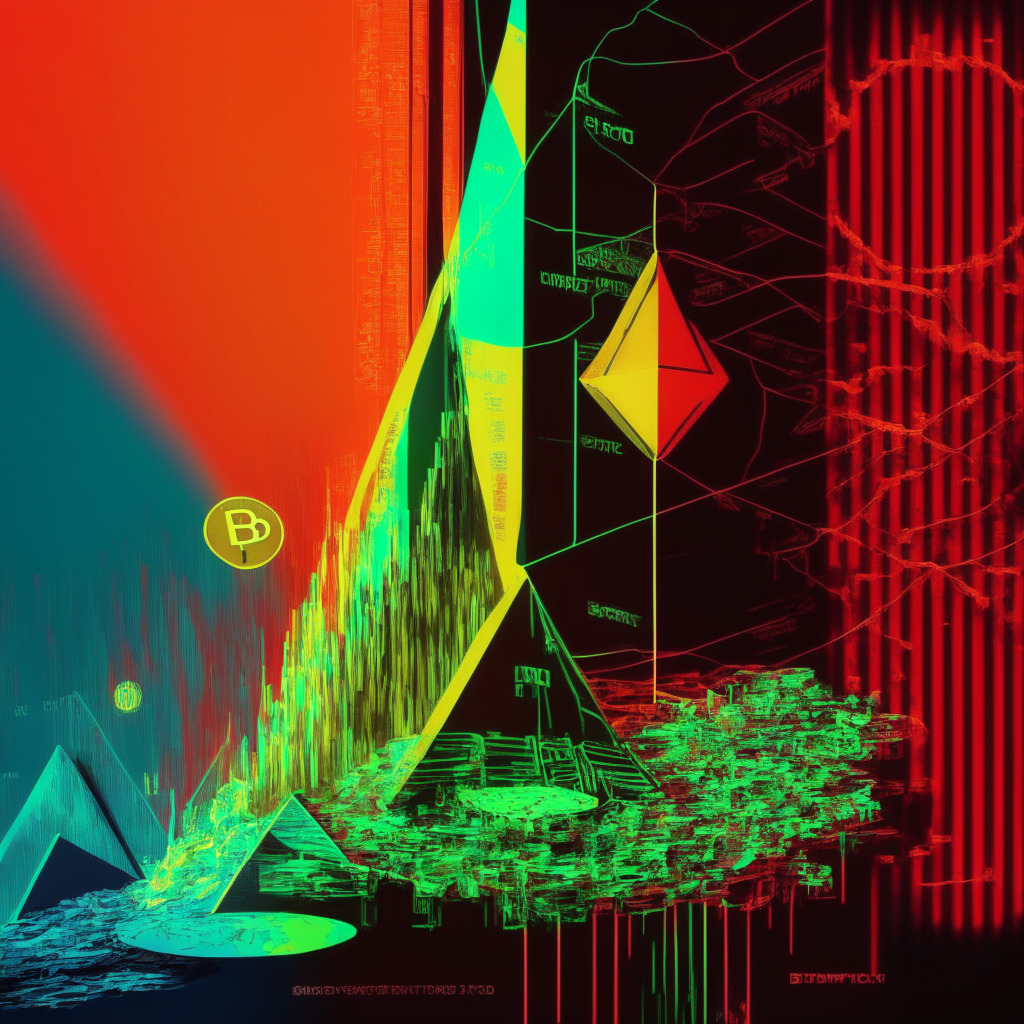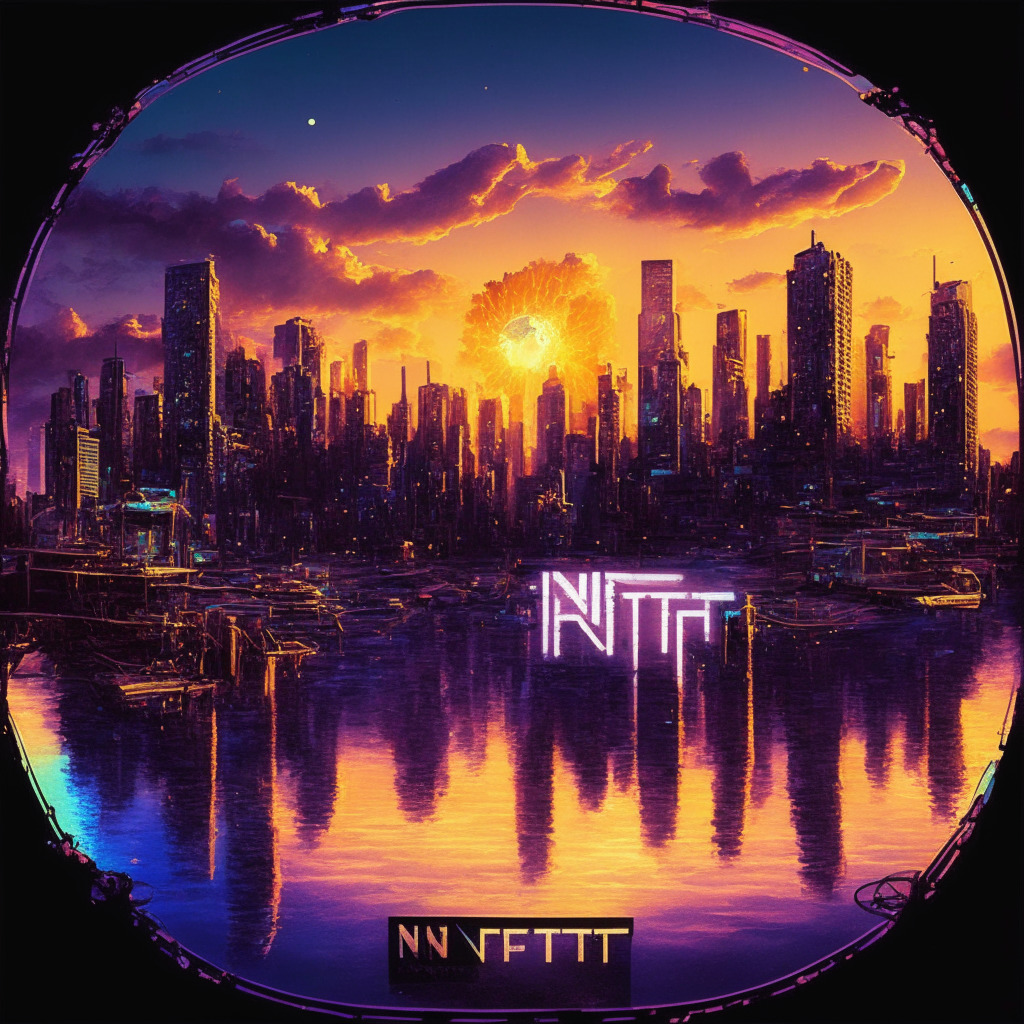In the last decade, a sombre individual experiencing three banking crises narrates how banks can casually declare “we’ve lost your money, and that’s just a number you see on your screen….”, shedding light on the fragility of traditional banking systems. Born in Greece, with roots in Lebanon and currently residing in Cyprus, the crises unrolled curtain after curtain, each baring the financial wounds vested on those countries’ banking environments. An unpredictable hurricane of hyperinflation, capital controls, and value depreciation swept through, revealing inefficient risk governance and failed banking measures, all of which had been concealed under the facades of revered financial engineers, tax-efficient financial hubs, and booming sectors like shipping and tourism.
The stage is then set for the introduction of Copper.co‘s Head of Research, Fadi Aboualfa, whose experience further highlights the imminent, unexpected spectre of bank crisis. Aboualfa brings the crisis to American shores, underscoring the recent failure of several U.S. banks. But the grim reaper’s haunting orchestra comes with a twist. With a tipping hat to the innovative yield farming mechanics seen in crypto, the Federal Reserve unveiled the Bank Term Funding Program (BTFP), offering a financial lifeline to the floundering banks.
But what about American crypto businesses like Circle, the issuer of USDC? The loss of banking services bit deep, briefly destabilizing the USDC as billions in commercial cash deposits vanished from the Silicon Valley Bank. One could argue that had there been no intervention, a mere $250,000 of the $3.3bn cash balance would have been recouped under the FDIC insurance protection scheme. That’s a measly 8% of the total assets, a startling revelation that renews the curse of bank depositors paying the price for financial missteps that cost hundreds of billions.
Consider this – as a high net worth individual or entity, you’d be better off holding a de-pegged USDC than limiting yourself to a $250k insured cash deposit when your bank stumbles. More intriguing alternatives are surfacing on blockchain markets, like tokenized bonds and money market funds. Digital assets could indeed shine brightly amidst a banking crisis.
Counterparty risk, a long-standing phantom in the finance world, manifests in diverse ways. Traditional banking, with its fractionalized structure, puts depositors at the mercy of risk management teams, connecting depositors’ asset to someone else’s liability. This high-risk, low-reward setup is further marred by exorbitant fees and suppressive regulatory measures.
Crypto, on the other hand, presents an exciting possibility – self-custody. Investors can identify and dissolve key risk factors in managing their private keys for segregated real-world assets. They get unambiguous insight into asset compositions and clear oversight over counter-party involvement in the asset cycle.
The slow-paced growth of blockchain might seem discouraging. Yet, it does demonstrate a use case of individuals featuring the possibility to diminish, or even erase, liability and counterparty risk. Perhaps, parked USDC or OpenEden’s T-Bill could prove to be an effective hedge against commercial bank failures and limited insurance protection.
While anticipating a future where real-world assets can be directly minted on the blockchain, it’s essential to evaluate the best counterparty structures available today. This perspective, however, might only resonate with those who have walked through the fire of a banking crisis and understand the dire need for alternative financial systems.
Source: Coindesk




